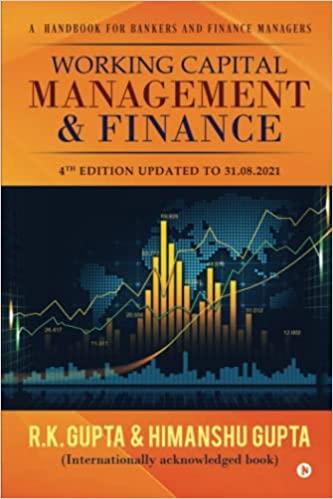Answered step by step
Verified Expert Solution
Question
1 Approved Answer
2. You know that in continuous compounding, the future value of a current lump sum (of money) is compounded as: FV=PV*e^Rn, with R the annualized
2. You know that in continuous compounding, the future value of a current lump sum (of money) is compounded as: FV=PV*e^Rn, with R the annualized interest rate and n the number of years. Now suppose you win a lottery that gives you 1 million dollars. But you can either get it now and pay 50% tax (ie. Get 500,000 only) , or get it in 10 years and pay 30% tax (ie. Get $ 700,000 in 10 years), which one will you choose? Why? The interest rate is 4%.
3. What is the equivalent continuous compounding rate for an 8% quarterly compounding investment?
Step by Step Solution
There are 3 Steps involved in it
Step: 1

Get Instant Access to Expert-Tailored Solutions
See step-by-step solutions with expert insights and AI powered tools for academic success
Step: 2

Step: 3

Ace Your Homework with AI
Get the answers you need in no time with our AI-driven, step-by-step assistance
Get Started


